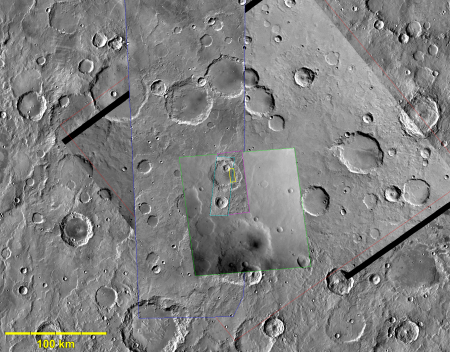Nearly 400 medical procedures found to be ineffective
The uncertainty of science: A new review of the science literature has found almost 400 studies showing the ineffectiveness of the medical procedure or device they were studying.
The findings are based on more than 15 years of randomised controlled trials, a type of research that aims to reduce bias when testing new treatments. Across 3,000 articles in three leading medical journals from the UK and the US, the authors found 396 reversals.
While these were found in every medical discipline, cardiovascular disease was by far the most commonly represented category, at 20 percent; it was followed by preventative medicine and critical care. Taken together, it appears that medication was the most common reversal at 33 percent; procedures came in second at 20 percent, and vitamins and supplements came in third at 13 percent.
A reversal means that the study found the procedure, device, or medicine to be ineffective.
If you have medical issues it is worth reviewing the research itself. You might find that some of the medical treatment you are getting is irrelevant, and could be discontinued.
The uncertainty of science: A new review of the science literature has found almost 400 studies showing the ineffectiveness of the medical procedure or device they were studying.
The findings are based on more than 15 years of randomised controlled trials, a type of research that aims to reduce bias when testing new treatments. Across 3,000 articles in three leading medical journals from the UK and the US, the authors found 396 reversals.
While these were found in every medical discipline, cardiovascular disease was by far the most commonly represented category, at 20 percent; it was followed by preventative medicine and critical care. Taken together, it appears that medication was the most common reversal at 33 percent; procedures came in second at 20 percent, and vitamins and supplements came in third at 13 percent.
A reversal means that the study found the procedure, device, or medicine to be ineffective.
If you have medical issues it is worth reviewing the research itself. You might find that some of the medical treatment you are getting is irrelevant, and could be discontinued.

